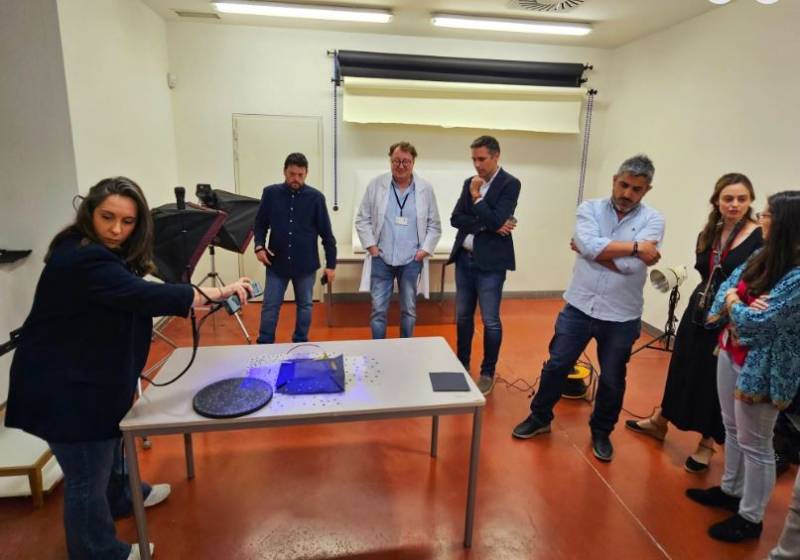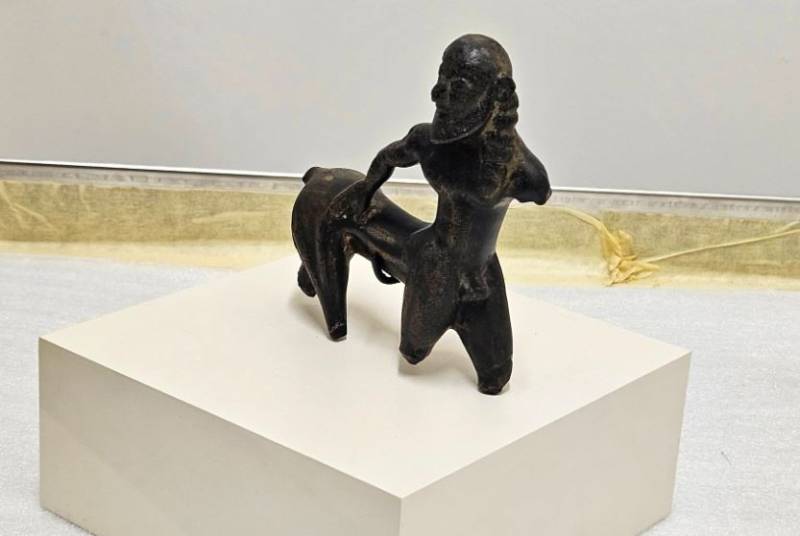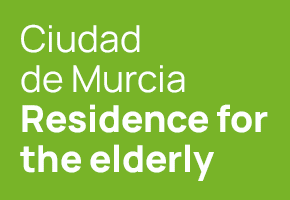Date Published: 27/05/2025
The futuristic 3D printing technique that one Murcia town is using to preserve its history
Two historic Caravaca de la Cruz artefacts will be recreated to bring them home after a century in Madrid’s national museum
Caravaca de la Cruz is reaching into the future to connect with its past with the help of state-of-the-art 3D scanning technology. The town is creating exact replicas of two of its most treasured archaeological finds: the Centaur of Los Royos (Centauro de Los Royos) and
the Diadem of the Incarnation (la Diadema de La Encarnación).
Though both artefacts have resided in Madrid’s National Archaeological Museum for the past century, Caravaca is now taking a bold step to digitally reclaim its heritage. Thanks to a request approved by the Ministry of Culture, these historical pieces have undergone detailed 3D scanning that will allow for the creation of full-scale digital and physical clones.
According to the Councillor for Tourism, José Santiago Villa, "a project is currently underway to renovate the space dedicated to Archaeology within the Municipal Museum Network, located in the former church of La Soledad. The goal is to improve the conservation and safeguarding of Caravaca's rich and varied archaeological heritage and to present it to the public in a more up-to-date, attractive and accessible way.
"Among the new features that will be included in this project is the introduction of replicas of these famous pieces, which will be on display so that both Caravaca residents and tourists can see them in detail and with complete precision," the Tourism Councillor announced.
The high-tech scans were carried out by specialists in a dedicated room at the National Archaeological Museum. Using precision 3D scanning equipment, experts created digital clones of both the Diadem and the Centaur, allowing for highly accurate reproductions. The data will also support virtual and augmented reality applications, allowing visitors to view full-scale models through mobile devices or VR headsets.
The Diadem of the Incarnation
Dating from between 1700 and 1500 BC, the Diadem is believed to have come from a high-status burial at the Plaza de Armas site. Made of gold rather than the usual silver of similar finds, it stands out as a rare luxury item likely worn by a woman of great influence in the Argaric culture.
Eduardo Galán, chief curator of the Department of Prehistory at the National Archaeological Museum, emphasised the diadem's importance.
"The Caravaca diadem entered the museum 100 years ago and is one of the institution's iconic pieces," he noted.
The piece was found by a farm worker on the estate of Blas Marsilla Melgares. He gave the diadem to his brother-in-law, Amancio Marín de Cuenca, who, one hundred years ago, in 1925, donated it to the National Archaeological Museum.
The Centaur of Los Royos
The Centaur of Los Royos, meanwhile, is a bronze figure from the sixth century BC, imported from Greece. Likely a decorative element, it found its way to Caravaca via ancient trade routes. Its blend of human and animal forms, complete with flowing hair and a faint smile, offers a glimpse into the artistic exchange between Iberian and Greek civilizations.
As a symbol of contact between cultures, the centaur has long fascinated scholars. It was first studied in 1897 by Eulogio Saavedra y Pérez de Meca, an academic from Lorca who later submitted it to the National Archaeological Museum.
Images: Ayuntamiento de Caravaca de la Cruz
article_detail

|



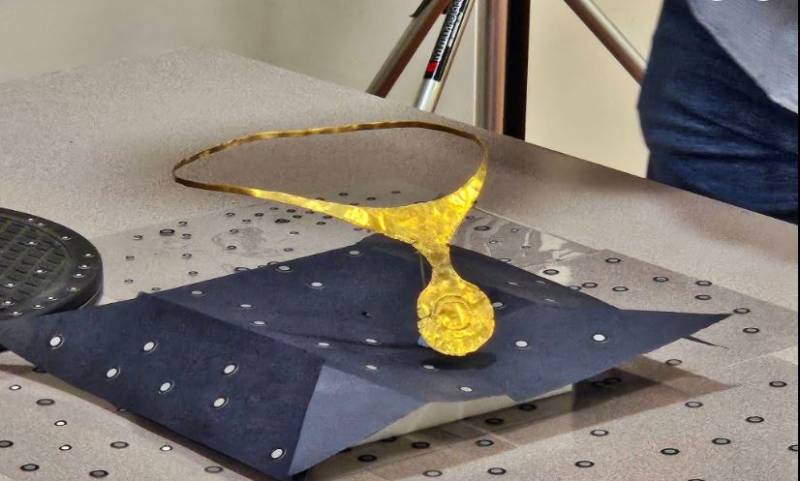
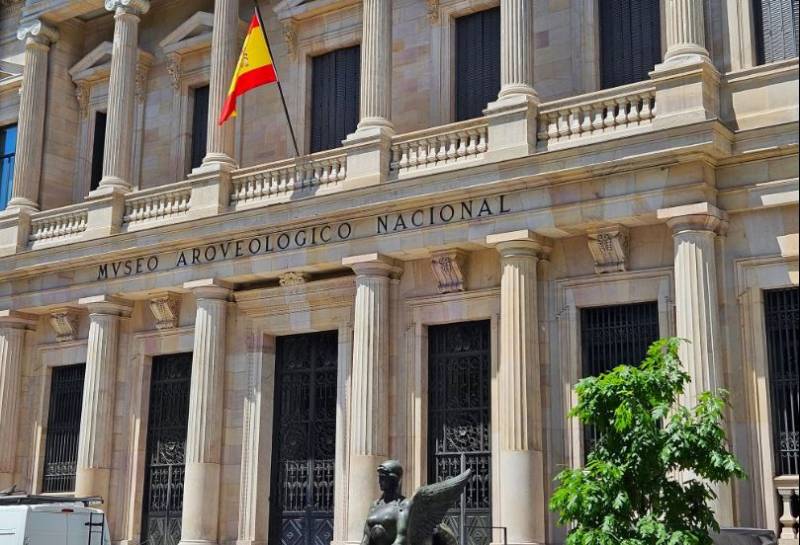 These replicas will be displayed at the town’s Municipal Archaeological Museum La Soledad, giving locals and visitors the chance to experience them up close.
These replicas will be displayed at the town’s Municipal Archaeological Museum La Soledad, giving locals and visitors the chance to experience them up close.